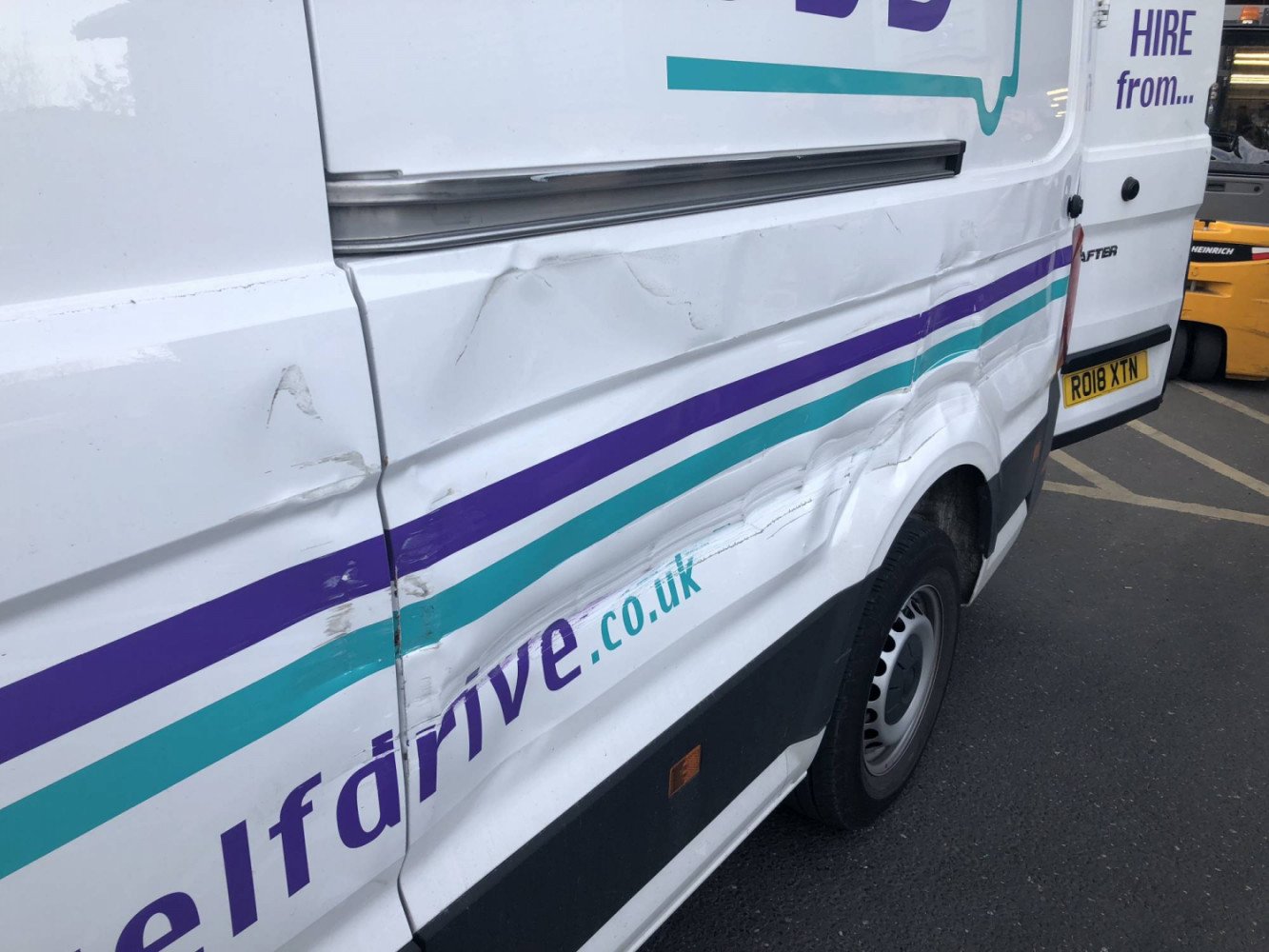In the UK, as soon as you have passed your driving test you can get behind the wheel of a van up to 3.5 tonnes. For newly qualified drivers, that have probably only ever driven a small car during their driving lessons, this can be quite daunting. Ideally, you should gain some van driving experience before you step into one for the first time.
Here are our safe van driving tips to help you on your way:
1. Size
It’s the obvious one, but vans are a lot bigger than most cars you will have driven before. They are taller, longer and wider. Allow more room than you usually would, and be aware of height hazards such as low bridges, the eaves on single-storey buildings, lamp posts and signs. USE YOUR MIRRORS. Modern vans drive exceptionally well and are better than some cars, but this can lull you into a false sense of security when it comes to handling the vehicle… don’t let it.
2. Load
A van is heavier than a car, even more so when laden with your prized possessions, and a lot of larger vans use rear wheel drive systems. This means vastly different driving responses from the vehicle. Our advice is to take it SLOWER, especially when coming into corners or when driving on wet surfaces. You must abide with the load weight restrictions and sensibly load and SECURE YOUR LOAD and ensure weight is distributed evenly.
3. Weather
If possible, pick a dry, clear and wind-free day to make your journey. As a van is bigger than most cars, it is more affected by poor driving conditions, such as high cross winds. Similarly, avoid a night time drive until you are comfortable behind a van wheel during the day.
4. Blind spot
Vans do not have rear view mirrors, and often a lot less glass, so looking right over your shoulder to see past your blind spot isn’t an option. USE YOUR WINGMIRRORS. Before you set off, make sure they are set up properly, that you can see your blind spots and you are comfortable in your seat. Get a friend to walk around the van while you are in position at the wheel. Can you see them in your mirrors as they move around? If not, adjust the mirrors accordingly.
5. Turning circle
Vans naturally have longer wheel bases than cars (the distance between the front and rear wheels), meaning they have a bigger turning circle. On tight bends, you may need to let the front end swing out before you turn the wheel. If you don't you could clip the passenger side or drivers side of the van. BE AWARE OF THE LENGTH OF THE VEHICLE.
6. Vehicle banksman
When manoeuvring at low speed, get a friend to act as ‘banksman’. This means they get out of the van and WATCH FOR HAZARDS while you manoeuvre. Open your window so you can hear them and make sure they always stand where you can see them. Keep the speed down and bear in mind shorter objects, such as posts in car parks, as they can be easy to miss.
7. Speed
Remember, your SPEED LIMITS IN A VAN ARE DIFFERENT than in a car, generally 10mph less on main roads and dual carriageways. If you’re unsure, check the limits before you set off.
8. Plan your journey
When planning your journey, do take into consideration the lower speed limits and allow plenty of time to reach your destination. Give yourself time to get to grips with the van, too. As soon as you start rushing, the chance of an accident increases greatly.
9. Don’t panic!
If you get into a tight spot, keep calm and remember our driving tips. If other road users have to wait while you get it right, so be it. Ignore impatient looks and angry horn blowers… better to be a bit embarrassed than cause an unnecessary accident!

